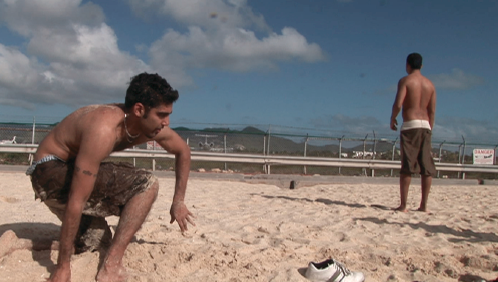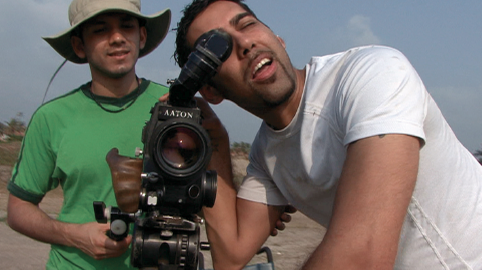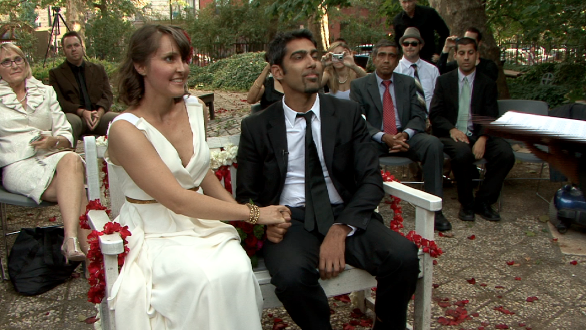In 2006, 25-year-old Jason DaSilva was on vacation at the beach with family when, suddenly, he fell down. He couldn’t get back up. His legs had stopped working; his disease could no longer be ignored. Just a few months earlier doctors had told him that he had multiple sclerosis, which could lead to loss of vision and muscle control, as well as a myriad of other complications. Jason tried exercise to help cope, but the problem only worsened. After his dispiriting fall on the beach, he turned to his Mom, who reminded him that, despite his disease, he was still a fortunate kid who had the opportunity to pursue the things he loved most: art and filmmaking. Jason picked up the camera, turned it on his declining body, and set out on a worldwide journey in search of healing, self-discovery, and love.
An emotional documentary filled with unexpected moments of humor and joy, WHEN I WALK is a life-affirming film driven by a young man’s determination to survive—and to make sense of a devastating disease through the art of cinema.
DIRECTOR’S STATEMENT
I love New York. When I was younger, the city was my playground. You could find me on any given weekend catching brunch with a friend at a café, going to an East Village restaurant for dinner, and then hopping the subway, headed to a nightclub in Chelsea. But at age 25, nine years ago, I was told I had multiple sclerosis, and I saw my freedoms slowly vanish. All of a sudden, I found myself using a walker—now, a motorized chair—and planning daily activities with precise schedules and strategies for getting from one place to another, trying to maintain some semblance of the spontaneous city life I loved to live.


I discovered that and other new loves since we began filming WHEN I WALK. And while I miss the incredible spontaneity and unlimited access to the city I had—and am developing ways to make that more of a possibility for those with mobility challenges through AXS Map (see Page 6)—my diagnosis was not the end of the world. Instead, and with a bit of determination, it has proven to be a new way for me to see and be in the world. This was the voice and heart that emerged in the film, almost more through its own will than mine. As director, my role was to foster that spirit, to learn to adapt, and enjoy the ride.
—Jason DaSilva, Director

